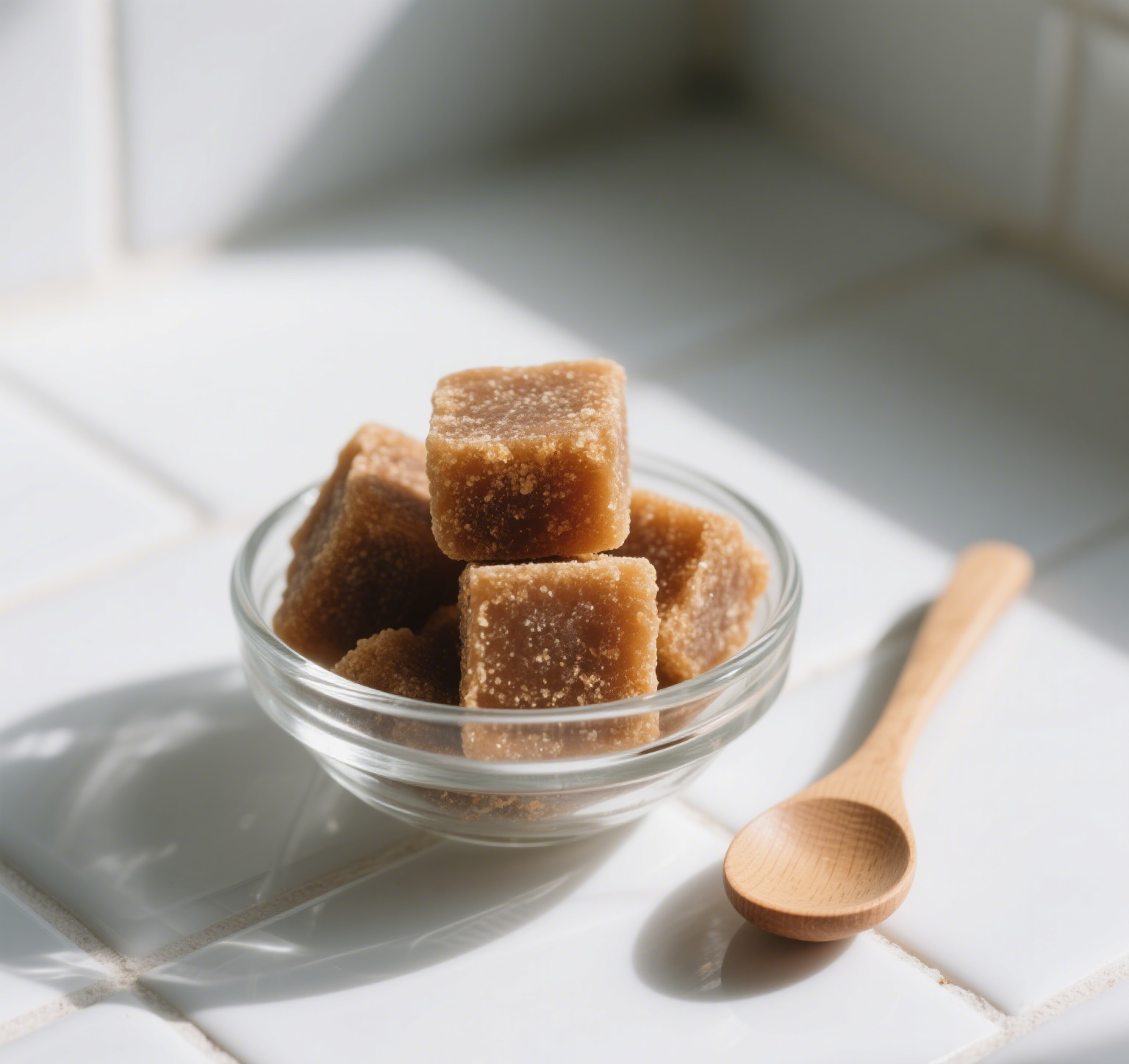Physical Address
304 North Cardinal St.
Dorchester Center, MA 02124
Physical Address
304 North Cardinal St.
Dorchester Center, MA 02124
(Hint: One’s a Rebel, the Other’s a Rule-Follower.)
If sugar were a high school clique, regular white sugar would be the straight-A student who color-codes their notes, while brown sugar would be the artsy kid with a guitar and a secret caramel recipe. Both sweeten your life, but they’ve got wildly different personalities. Let’s settle the great sugar debate once and for all.

All sugar starts its life as juice squeezed from sugarcane or sugar beets. The liquid is boiled, crystallized, and spun into raw sugar—a gritty, golden substance that’s essentially sugar in its “I just woke up like this” phase.
Regular sugar (aka white granulated sugar) goes through a rigorous spa day: it’s bleached, filtered, and stripped of molasses until it’s as pure and pale as a vampire in a snowstorm. This process gives it a neutral sweetness, perfect for dissolving into lemonade or creaming into cookie dough without stealing the flavor spotlight.
Brown sugar, meanwhile, skips the detox. It’s either:
The result? A moist, clumpable sugar with a warm, caramel-kissed flavor. Brown sugar’s motto: “Why be basic when you can be decadent?”
White sugar is the vanilla ice cream of sweeteners—reliable, versatile, and a blank canvas. It’s sweetness in its purest form, dissolving effortlessly into batters, beverages, and your grandma’s fruitcake (bless her heart).
Brown sugar, however, brings a one-way ticket to Flavor Town. Its molasses content adds notes of toffee, smoke, and a subtle bitterness that balances sweetness. Think of it as the Bruce Springsteen of sugars: a little gritty, deeply soulful, and guaranteed to make your baked goods rock.
Golden rule: If a recipe just needs sweetness, use white sugar. If it craves depth, go brown.
Sugar isn’t just about taste—it’s a science experiment. Here’s how they play in the kitchen:
Pro tip: Want chewy edges and a crispy center? Use both. Brown sugar for tenderness, white sugar for spread. It’s the yin-yang of cookie wizardry.
Life’s too short to run out of sugar mid-recipe. Here’s how to hack it:
But let’s be real—emergency substitutions work, but they’re like wearing socks with sandals. Doable, but not ideal.
Before you crown brown sugar the “healthy” winner, let’s debunk the myth. Yes, brown sugar has trace minerals like calcium and iron (thanks, molasses!), but we’re talking microscopic amounts. You’d need to eat ½ cup daily to matter—and at that point, your dentist will stage an intervention.
Truth bomb: Nutritionally, they’re twins in different outfits. Choose based on flavor, not false virtue.
White sugar is your utility infielder—dependable for everything from sweetening coffee to preserving jams. Brown sugar is the MVP of sticky toffee pudding, BBQ glazes, and oatmeal raisin cookies that taste like a hug.
As the great poet Dolly Parton once (probably) said: “It costs a lot of sugar to be this sweet.” Whether you’re Team White, Team Brown, or a loyal member of the Sugar Switcheroo Society, both deserve a spot in your pantry.
Now go forth and bake something that’ll make your taste buds write a thank-you note. 🍪✨